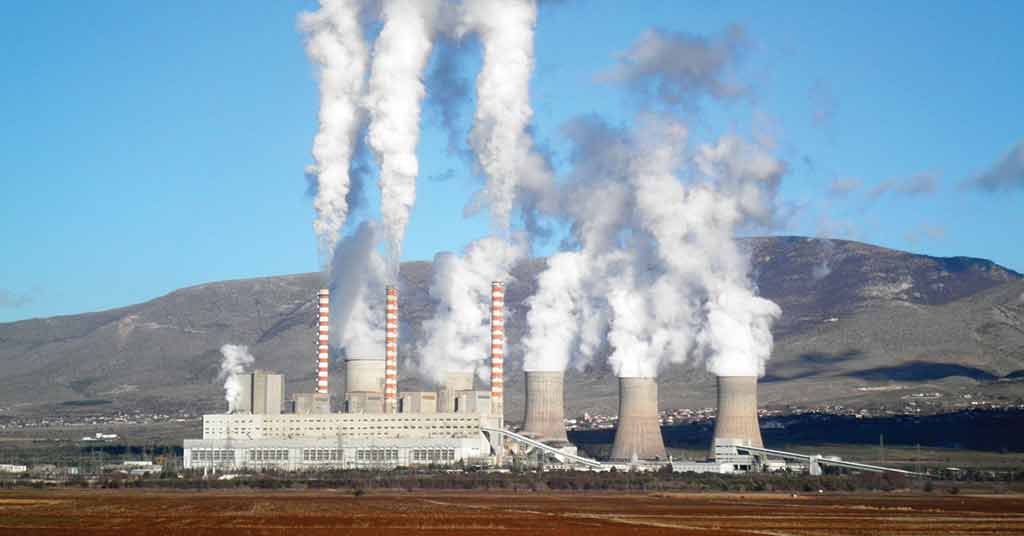Welcome To ChemAnalyst

On December 15, the Australian Energy Market Operator (AEMO) issued a warning that Australia could face significant grid capacity challenges as early as the mid-2020s. This is due to the anticipated early retirement of coal-fired power plants and lagging progress in their replacement.
In an ambitious clean energy initiative, the Labor government has committed to investing $13.40b to modernise the national grid. The goal is a 43% reduction in carbon emissions by 2030 and achieving net-zero emissions by 2050. However, the AEMO's report calls for urgent investment to replace coal, predicting that about 90% of power generation using this fuel is likely to be retired by 2034.
The report further notes that these plants will become less reliable, increasingly difficult to maintain, and less competitive than renewable sources of energy. "The possibility that replacement generation is not available when coal plants retire is real and growing, and a risk that must be avoided," the operator stated. It emphasized the importance of connecting "firmed" renewables sooner to secure the energy transition. Firmed renewables refer to typically intermittent, weather-dependent sources like solar and wind power that are backed up by stable sources such as energy storage or gas-fired plants.
However, the report also warned of several obstacles hindering progress on projects. These include uncertainty surrounding investment decisions, escalating costs, and social license concerns. For instance, many Australian farmers are currently resisting the installation of high-voltage overhead power lines on their land. This resistance threatens plans to enhance renewable generation and reduce emissions.
Renewable sources accounted for nearly 40% of the total energy delivered through the National Electricity Market in the first half of 2023. The government aims to increase this figure to 82% by 2030.
Energy Minister Chris Bowen expressed confidence in the government's policy and investment framework. He stated that AEMO's draft energy plan reaffirmed that firmed renewable energy was "the cheapest way to ensure a reliable grid."
To prevent supply shortages, the operator advised that about 10,000 kms (6,200 miles) of new and upgraded transmission line is needed. Additionally, capacity from dispatchable storage, hydro, and gas-powered generation must quadruple to 74 GW by 2050.
Sarah McNamara, chief executive of the Australian Energy Council, commented on the report, stating, "(The report) highlights the sheer scale of the energy transition that needs to be delivered in a relatively short timeframe to meet government objectives." This underscores the urgency and magnitude of the challenges that Australia faces in its transition towards a more sustainable energy future.
We use cookies to deliver the best possible experience on our website. To learn more, visit our Privacy Policy. By continuing to use this site or by closing this box, you consent to our use of cookies. More info.
